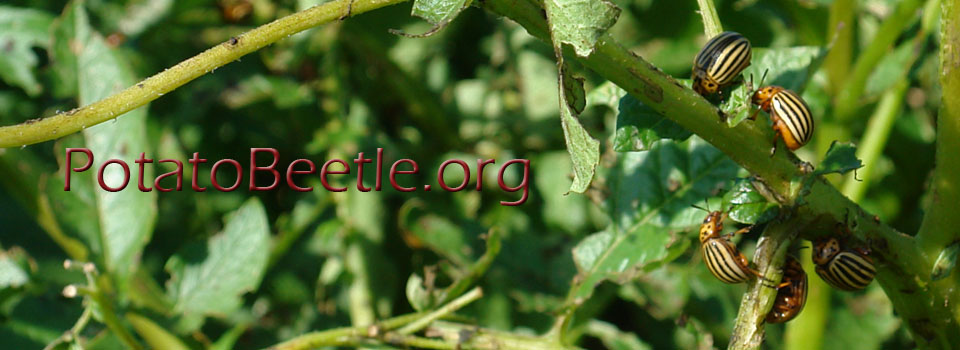Voigt, D., M.Varenberg, J. Schuppert,, S.N. Gorb. Journal of Insect Physiology, https://doi.org/10.1016/j.jinsphys.2020.104158
Green dock beetles Gastrophysa viridula and Colorado potato beetles Leptinotarsa decemlineata having distinctly different body mass and gait habits were compared with respect to their tarsal morphology and attachment ability. The focus laid on shapes and dimensions of tenent setae related to the peeling line, i.e., the sum of widths of all thin-film elements participating in contact. High-speed rotation of the two leaf beetle species attached to the horizontal and vertical sides of a Plexiglass drum resulted in higher attachment forces of the heavier beetle species that has a larger number of tarsal setae and a larger peeling line length. However, normalizing the measured forces with the corresponding peeling line lengths led to a reversed relationship. This allowed us to assume that the design of adhesive setae in different leaf beetle species matches the requirements imposed by their habitats. In accordance with the theory of thin film peeling, tangential forces were found to be higher than normal forces. The attachment system of females was found to exhibit stronger functional efficiency, which can be correlated to the morphology of their setae.
